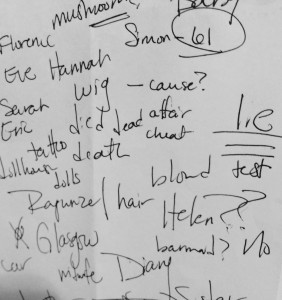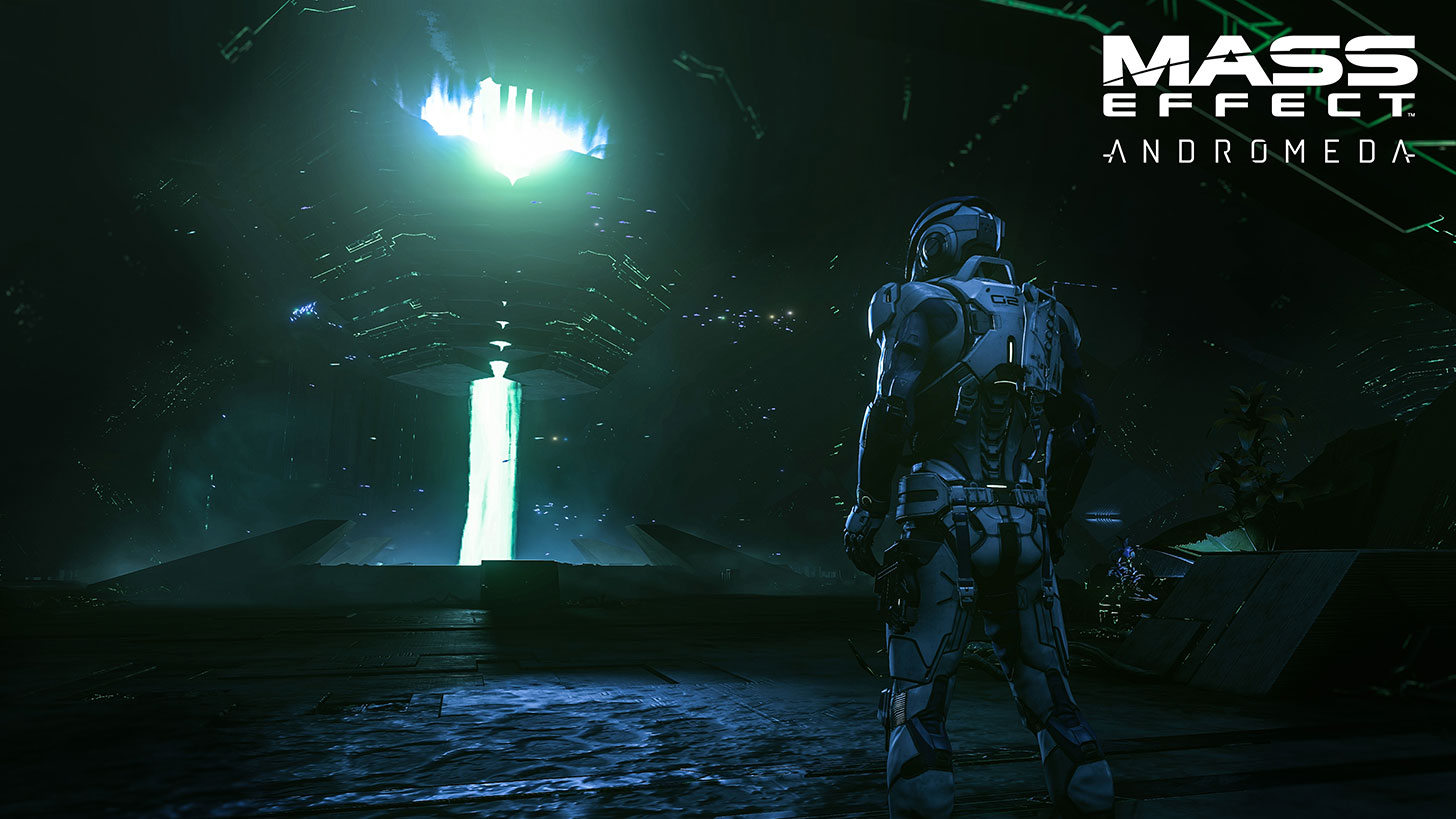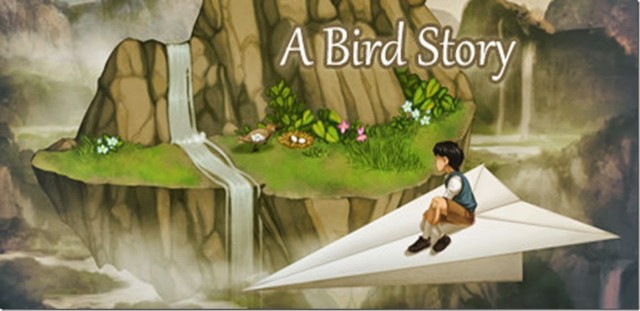Since its release, I’ve spent a lot of time playing, and thinking about, Sam Barlow’s Her Story. I’ve played it on my own Steam account, and also on my husband’s — I didn’t want to interrupt my own game, which was then unfinished, but I did want to see if starting fresh and doing things differently would give me a different perspective. I’ve also watched the videos gathered at App Unwrapper, which placed the searchable videos in order (a heroic effort), so that I could get a fix on all the pieces of the game at once. I hoped these different approaches would give me answers, and they did, but not quite the answers I sought. Instead, I became married to the notion that, at various points along the path of this mystery game, I had not a couple but five fully developed theories about what might have happened with the death at the centerpiece of the story, and each one of them hinged not on events, but questions of identity.
Minor spoilers ahead for Her Story (avoiding any big spoilers, though I wonder if this might seem rather opaque for readers who haven’t played).
In any narrative experience touted as a detective game, players and potential players might make a few assumptions, the first being that they’ll be playing as a detective. Early on in Her Story, players who poke around the interface might discover this isn’t quite the case. Once that initial assumption was broken, I found myself questioning everything in the game, and I don’t just mean in terms of narrative. We’re supposed to question everything said in the interviews, I think, but very early on, I began to question things on wholly different levels. Was a reference to a place really a physical place? Was a particular gesture just a tic, or did it hold some meaning that I was to interpret? Did this or that really happen; did those people exist? I’ve always had a particular interest in game bibles and narrative and design notes, but I’ve never wanted to get my hands on one quite as much as I’d like to get just an hour with the design notes — particularly notes for actress Viva Seifert, and her scripts. What was included, and what was she allowed to bring to the character, and what did she bring that was incorporated?

It’s quite a rabbit hole, and that last question may seem a bit out of left field, but it seems clear some design decisions were made here to control, or at least funnel the way the players find and see the video clips. Searching the name of the victim, for instance, brings up a lot of clips, far more than can be accessed even after a “win,” when players can unlock the chance to see more clips at once, but the first clips, the ones available to first-time players, are full of potential clues and nothing more. That level of manipulation makes sense to sustain suspense in a game like this, but I kept wondering — what if Seifert had done a certain thing and they said oh, yes, let’s keep that and use it to support X theory? Or what if some moments weren’t as carefully controlled, and the “wrong” movement or expression was captured? The game’s narrative hangs on Seifert’s performance in a very real way, and we’re studying her constantly. She, and the script clues, are all we have. Hair styles, markings, outfits, drinks; maybe it all matters. Multiple meanings and interpretations of certain words and concepts absolutely do, after all.
Later notes, which I’m still working on, make the included picture seem organized, and they all center around those five questions I mentioned above. Two of those questions are resolved, at least partly, by the ending messages; we know by then, mostly, who we are… but even our reactions to that may have been controlled by whether or not we turned on the anti-glare filter. Turning it on prevents revealing flashes of the person using the computer. Without those flashes, I might have approached the game entirely differently. Not only then am I questioning the identity of all the players in this mystery, but in a sense, I am questioning my own: without this clue or that, how am I positioned in the story, both as in-game searcher, and out-of-game player?
The remaining questions concern the heart of the story. There are three major possible ideas (don’t worry; I won’t spoil them, but I do need to speak in broad terms): two different versions of possible truth, or a series of lies, and amazingly, I think any could be equally true. There are arguments in favor of each answer, and some against, and none of them fit neatly into a box.
I’ve seen some complaints that Her Story doesn’t really have an ending, that that’s true, it doesn’t, not in the traditional sense… but I see that as a strength of this narrative, not a weakness. The player doesn’t know the real story… but the person we are embodying, they do, or at least, they know the historical facts around the interviews. They are looking for answers wholly different from the answers we seek, and for them, there is only one version: what happened. We, on the other hand, are left with symbols upon symbols of relationships and family and love, references to fairy tales and separation and imagination and control (and that hairbrush!), and even if we manage to see and hear everything… which story really is her story? And just who is the “her” of the title? Even that simple question isn’t as simple anymore after some time with the game.
I’m not sure there’s any way to know, but that won’t stop me guessing.




